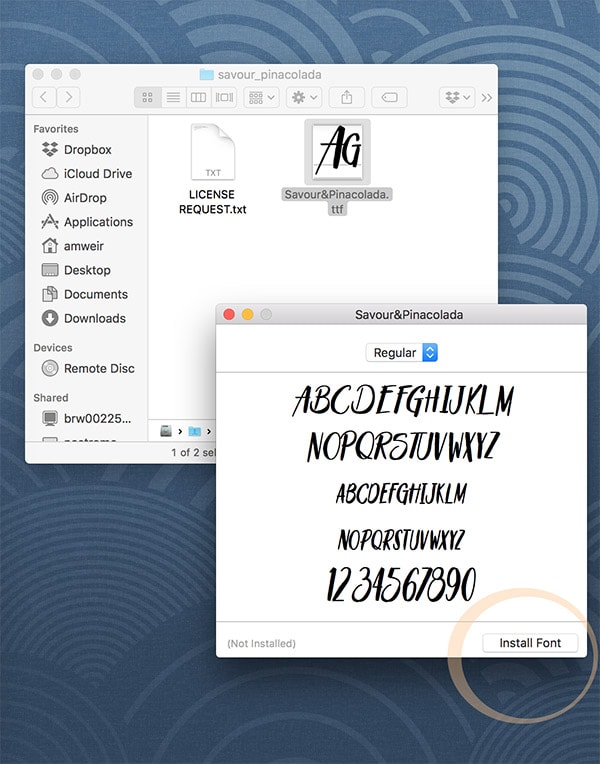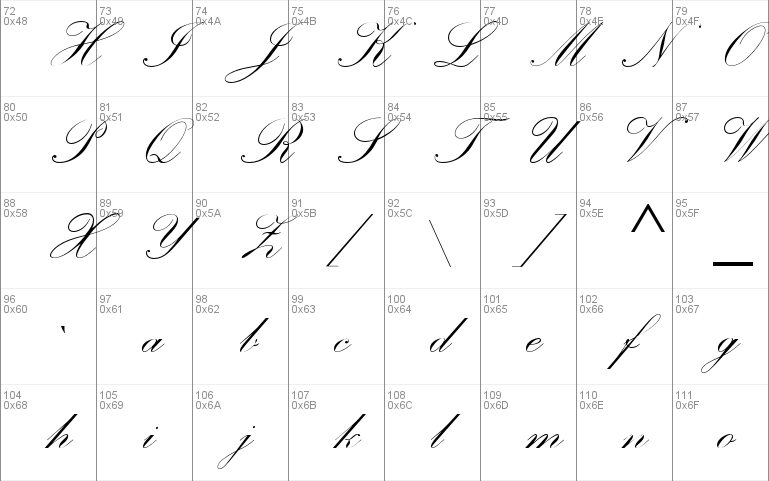

InqScribe, a commercial transcription program THL uses, works only with Jomolhari-ID and Qomolangma, since it won't properly render standard Open Type fonts like Himalayan or Tibet Machine Uni, but oddly won't even show AAT fonts like Kokonor or Kailasa in the font menu! Xenotype - we are still checking whether we have the most current version - doesn't show up in the font menu for InqScrib, and doesn't work for Word 2011.Īll in all, it remains a very frustrating situation for Tibetan language in the Mac OS at present. Word 2011 however is extremely frustrating - standard Open Type fonts will work, but AAT fonts won't even appear in the font menu, nor will Qomolangma. In contrast, Outlook 2011 and Text Edit work fine with all Tibetan Unicode fonts. Thus, for example ((most current versions as of January 2011), Open Office and Keynote works fine with AAT fonts, but not with Open Type fonts. Finally, it is possible to build hybrid fonts that have both AAT and Open Type functionality, though few have gone to the added expense and size (Xenotype seems to claim this is what it has done). These are usually the most reliable since they typically work in all the environments, if Tibetan Unicode will work at all. There are, however, some Open Type fonts (Jomolhari-ID and the newer Qomolangma fonts) that have been specially adapted with a trick to work in Mac applications.

In addition, there are very frustrating situations where the AAT fonts won't even show up in the font menu for a software application, even if you can see the "font group" to which you might have assigned them. However, there are some exceptions where Mac software will work with Open Type fonts but not with AAT fonts. In Mac LION OS, most typical software programs will work only with the AAT fonts (Kokonor, Kailasa) and not with the Open Type fonts (Tibet Machine Uni, Microsoft Himalayan, Jomolhari). Earlier Mac operating systems have only partial support for Tibetan Unicode.Īs explained below, there are two types of Unicode Tibetan fonts - Open Type and AAT, with Windows historically focusing on supporting the former and Mac supporting the latter. However, limitations persist for Tibetan in the software, which often does not work properly with Unicode Tibetan despite the systems support. Scope of support includes full Unicode Tibetan block coverage and stacks for transliterated Sanskrit plus some contemporary Chinese phoneticizations.

Mac OS X 10.5.0 (Leopard) onwards comes with full Unicode Tibetan support in the base install, including two fonts (Kokonor and Kailasa) and three keyboard layouts. THL Toolbox > Tibetan Scripts, Fonts & Related Issues > Using Tibetan in MacintoshesĬontributor(s): David Germano, Chris Fynn, Chris Walker


 0 kommentar(er)
0 kommentar(er)
